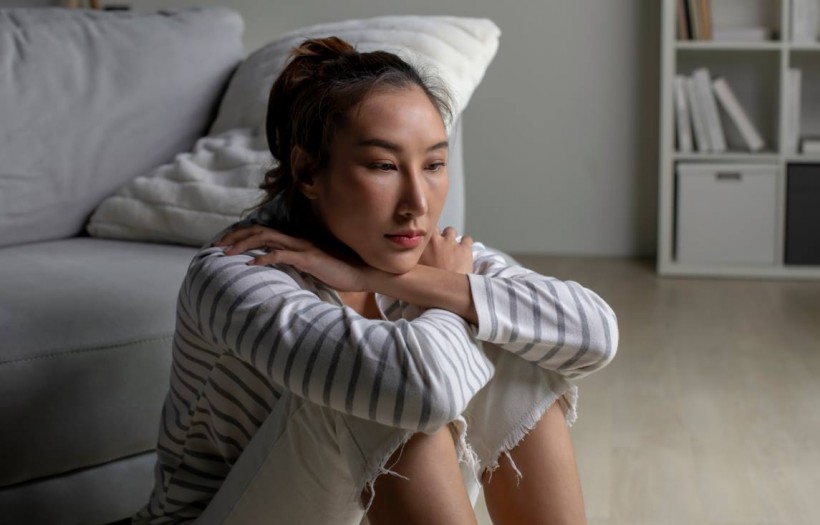
Post-Traumatic Stress Disorder (PTSD) can make daily life challenging, but a supportive and calming home environment can significantly aid in managing symptoms. For individuals with PTSD, a sense of safety, comfort, and stability is crucial. This article outlines practical steps to create a PTSD-friendly home environment that promotes healing and well-being.
PTSD is a mental health condition that develops after experiencing or witnessing a traumatic event. Symptoms such as hypervigilance, flashbacks, emotional numbing, and insomnia can make home life difficult. A PTSD-friendly environment minimizes triggers, reduces stress, and fosters a sense of safety and control.
Creating a PTSD-friendly environment doesn’t require major renovations. Small, intentional changes can make a big difference.
Safety is fundamental for individuals with PTSD. A safe space provides a retreat where they can relax and decompress.
- Choose a Quiet Room: Dedicate a room or corner as a sanctuary for calm and solitude.
- Limit Noise: Use noise-canceling headphones or a white noise machine to reduce disruptive sounds.
- Add Comforting Elements: Include soft pillows, blankets, or a favorite chair to enhance comfort.
Clutter can feel overwhelming and contribute to stress. Keeping the home organized creates a sense of control and calm.
- Declutter Regularly: Remove unnecessary items and keep surfaces clear.
- Use Storage Solutions: Baskets, bins, and shelves can help keep things tidy and accessible.
- Maintain Simplicity: Avoid overdecorating; simple and clean spaces feel more relaxing.
Lighting plays a significant role in mood and comfort. Harsh or dim lighting can be overstimulating or unsettling.
- Natural Light: Maximize natural light during the day by opening curtains or blinds.
- Dimmer Switches: Install dimmer switches to adjust lighting to a comfortable level.
- Soft Lighting: Use warm, soft lighting in the evenings to create a calming atmosphere.
Consistency helps reduce unpredictability, which can be a trigger for individuals with PTSD.
- Daily Schedule: Establish a predictable daily routine for meals, activities, and relaxation.
- Sleep Hygiene: Maintain a consistent bedtime and create a calming pre-sleep routine.
- Meal Planning: Regular, healthy meals contribute to overall well-being.
Certain colors and decor elements can evoke a sense of peace and relaxation.
- Soothing Colors: Opt for soft, neutral tones like blues, greens, or pastels.
- Minimalistic Decor: Avoid busy patterns or overstimulating designs.
- Nature-Inspired Elements: Add plants, natural wood furniture, or artwork depicting serene landscapes.
PTSD can heighten sensitivity to sensory inputs like noise, smells, or textures. Addressing these triggers can make the home more comfortable.
- Soundproofing: Use rugs, curtains, or wall panels to reduce noise.
- Pleasant Scents: Incorporate calming aromas like lavender or chamomile through candles or essential oils.
- Comfortable Textures: Use soft fabrics for furniture, bedding, and curtains to create a soothing tactile experience.
Identify and minimize triggers that may worsen PTSD symptoms.
- Avoid Distressing Media: Limit exposure to violent or graphic news, TV shows, or movies.
- Create Boundaries: Politely set boundaries with visitors or family members to ensure the home remains a safe space.
- Control Clutter: Remove items associated with trauma or negative memories.
Creating a PTSD-friendly environment also involves emotional and social support. Here’s how to foster a supportive atmosphere:
Encourage open dialogue about needs and preferences without pressure.
- Active Listening: Listen without judgment and validate their feelings.
- Respect Boundaries: Give them space when needed and avoid pushing them to discuss trauma unless they’re ready.
PTSD recovery takes time, and symptoms may fluctuate.
- Avoid Judgment: Understand that symptoms like irritability or withdrawal are not personal.
- Be Consistent: Offer steady support, even on difficult days.
Promote healthy habits that support mental and physical well-being.
- Exercise: Encourage activities like walking, yoga, or other gentle exercises.
- Mindfulness Practices: Suggest meditation, deep breathing, or journaling.
- Hobbies: Help them find enjoyable and fulfilling activities.
- Veterans Crisis Line: Dial 988 and press 1 for confidential support (US).
- National Center for PTSD: Offers educational materials and guidance.
- Local Support Groups: Many communities have PTSD-specific support networks.
- Apps for PTSD Management: Tools like Calm or PTSD Coach can help manage symptoms.
Creating a PTSD-friendly environment at home can significantly improve the quality of life for individuals living with PTSD. By fostering safety, comfort, and support, you can help make daily life more manageable and promote healing. Remember, small changes can have a big impact. Whether it’s adjusting the lighting, reducing noise, or simply offering a listening ear, your efforts can make a world of difference for someone with PTSD.